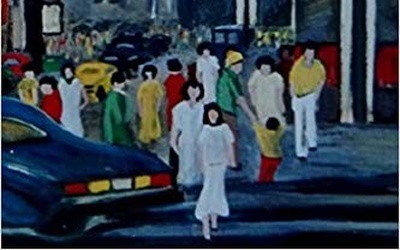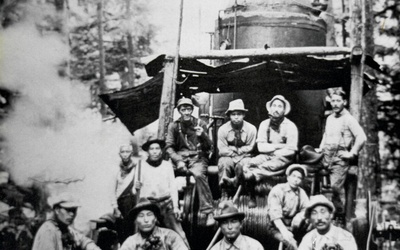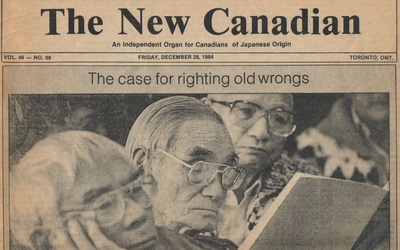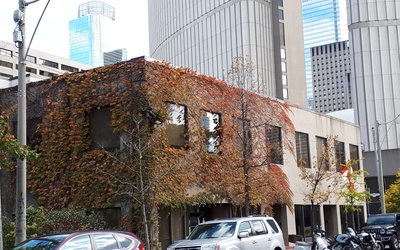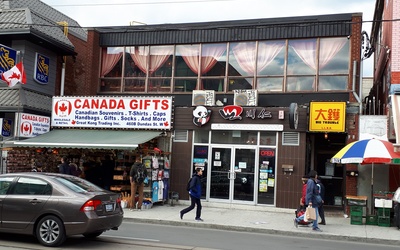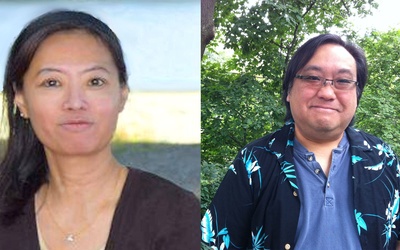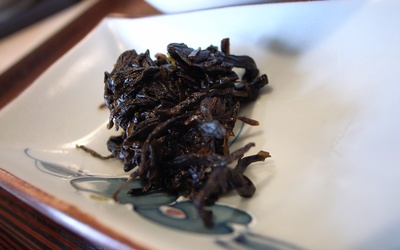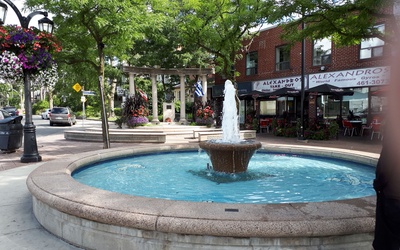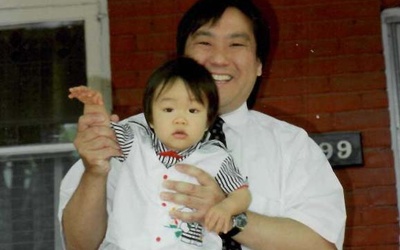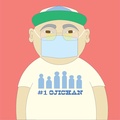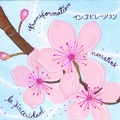
Terry Watada
@TWATADATerry Watada is a Toronto writer with many publications to his credit including two novels, The Three Pleasures (Anvil Press, Vancouver, 2017) and Kuroshio: the Blood of Foxes (Arsenal Press, Vancouver, 2007), four poetry collections, two manga, two histories about the Japanese Canadian Buddhist church, and two children’s biographies. He looks forward to seeing his third novel, The Mysterious Dreams of the Dead (Anvil Press), and fifth poetry collection, The Four Sufferings (Mawenzi House Publishers, Toronto), released in 2020. He also maintains a monthly column in the Vancouver Bulletin Magazine.
Updated May 2019
Stories from This Author
COVID Ghost Town
April 23, 2020 • Terry Watada
In November 2019, I was in a US hospital for five days. My temperature was hovering around 102°F. I sweat profusely, followed by the chills. I couldn’t get out of bed without collapsing to the floor. I was dizzy, I had lost my appetite, I was extremely weak. This was before COVID was a daily news story, though medical researchers now have speculated that the virus started around that time in Northern Italy (and not China). I went to the …
An Important Anniversary
April 2, 2020 • Terry Watada
…for me and my family anyway. Back in 1920, my father first came to Canada from a small village called Kiyama, Fukui-ken, Japan. His father, my grandfather, had brought him and his chonan, his first son, my uncle, to work. Poverty plagued Japan at the time, according to Toyo Takata, our first Nisei historian, and jobs were hard to come by. So many came to North America temporarily to find work. It was the time of the “Gentleman’s Agreement,” so …
Long-time Gone: Toronto’s J-Town - Part 3
Feb. 27, 2020 • Terry Watada
Read Part 2 >> Every community has and needs services and other institutions. J-Town Toronto was no different. As I mentioned last month, Dr. Kuwabara (family doctor) and Dr. Nakashima (dentist) had offices at Spadina and Bloor, easily visited even from the core of J-Town. Both were our doctors. Dr. Ku delivered me and several of my Nikkei friends! The Japanese United Church was relatively nearby at Ossington and Bloor, easily accessed by subway or streetcar (before the east/west subway) …
Long-time Gone: Toronto’s J-Town - Part 2
Jan. 21, 2020 • Terry Watada
Read Part 1 >> The Toronto Buddhist Church started life at 134 Huron Street, in the heart of J-Town, when the Buddhist Church committee purchased a row house for the Rev. Kenryu Tsuji and his wife. Rev. Tsuji sailed on the last boat out of Japan for Canada at the outbreak of WWII after he was ordained a Buddhist minister. He in fact was the first Canadian Nisei to become a minister and later became the Bishop for the Buddhist …
Long-time Gone: Toronto’s J-Town - Part 1
Dec. 26, 2019 • Terry Watada
Though not widely acknowledged, J-Town Toronto did exist. Very little of it can be found today and, back in the day, no one called it J-Town or Little Tokyo or anything. Probably because it formed for a relatively short time just after 1949 when Toronto’s City Council lifted its restriction of Japanese Canadians living within its confines. It continued through to the early 1980s when most had moved out of the area. Many Japanese Canadian families and individuals lived in …
Remains
Nov. 21, 2019 • Hiromi Yoshida , Terry Watada , traci kato-kiriyama
From Toronto-based writer, Terry Watada and Bloomington, Indiana-based poet, Hiromi Yoshida, are pieces that can be read as the remains of beings past, the memory of memories, the parts of a person embedded in our psyche or those aspects we wish to keep and uplift. Enjoy... —traci kato-kiriyama * * * * * Hiromi Yoshida is a first-generation Japanese American poet, with ethnic roots in Japan and Taiwan, and family in Wilbraham, Massachusetts. Now based in Bloomington, Indiana, she has …
The Redundancy of Idiots: Part 2
Nov. 19, 2019 • Terry Watada
Read Part 1 >> A curious thing happened after last month’s column was posted. I received a letter – not by e-mail, Twitter, Messenger, Facebook or any other social media platform – but an honest-to-goodness letter mailed through the Post Office! It was from a hakujin white man who decided to complain about my opinions. He did not include it in the Comments Section (another convenient device to praise, vent or express counter-opinion) beneath my column. He claimed to be …
The Redundancy of Idiots — Part 1
Oct. 22, 2019 • Terry Watada
My wife and I have noticed over several years now that certain terms in Japanese have English words accompanying them with the same meaning. Thereby creating a strange redundancy. Most of these “atrocities” were created by hakujin but Nikkei have carried on ignorant of the implications. Below is a list of some of the repetitious terms with some editorial comments. They may be amusing to some, horrifying to others. You be the judge. Azuki red beans: azuki are red beans, …
The Summer of the Gun
Oct. 7, 2019 • Terry Watada
Many decades ago (more than I care to count), I and my parents were watching evening television in our eastend Toronto home when a knock came at the front door. My parents were not expecting anyone, so it was a curious event. I answered the door and was met by two police officers in full uniform. Extraordinary. They asked if “Dick Watada” lived at this address. I said yes of course. They then asked to see him. I wonder to …
Back Where I Belong
Aug. 28, 2019 • Terry Watada
As I watched the circus of race and denigration that is the White House, Congress, and American society in July, I tried to remember how some Democrats are at times politically expedient and opportunistic and how most Republicans are hypocritical and cowardly. Why can’t right-wing politicians just call the man in the White House a racist? Either they are racists themselves or maybe it takes decades. I mean, Woodrow Wilson is only recently being identified as a racist. In any …

